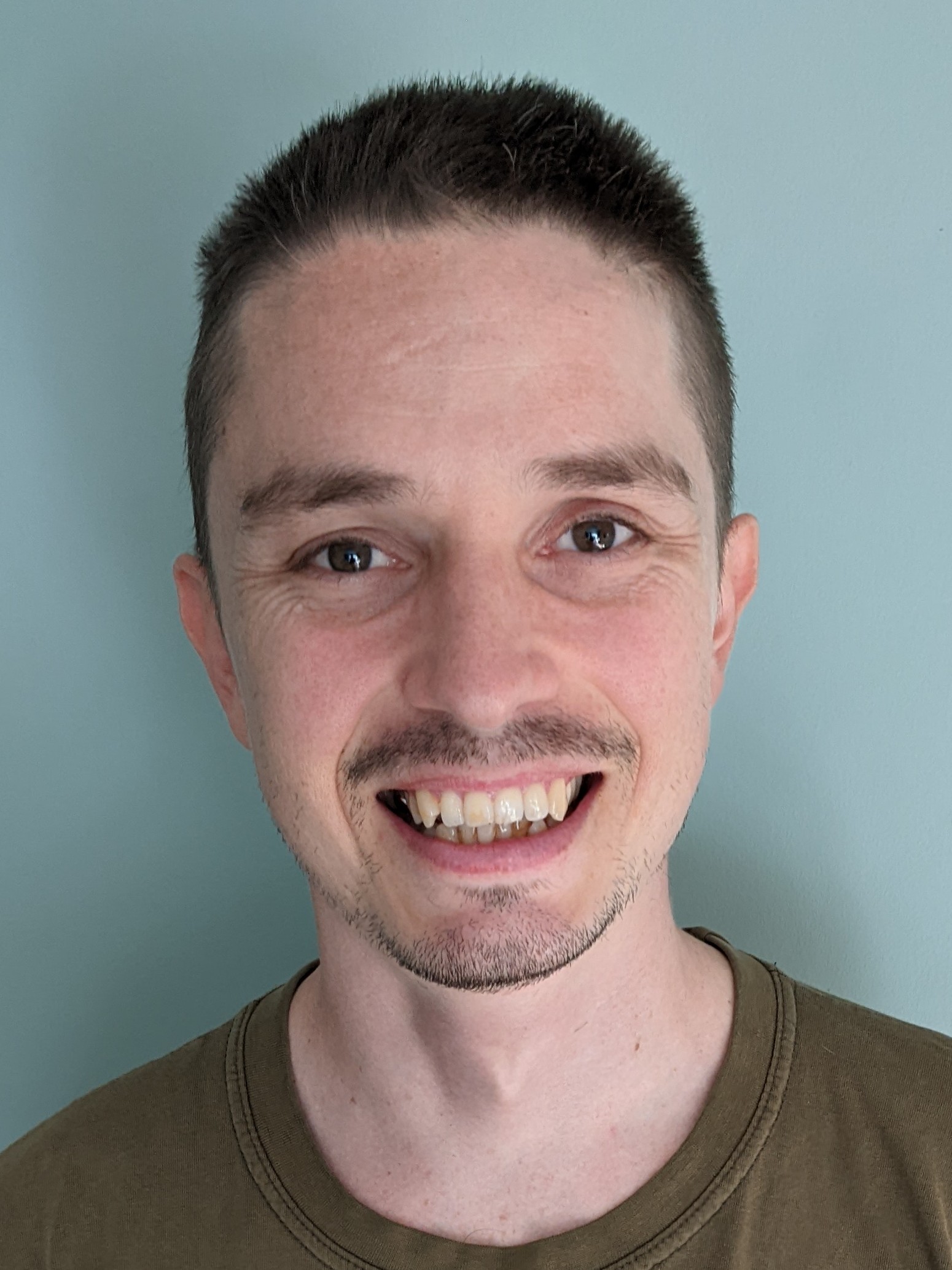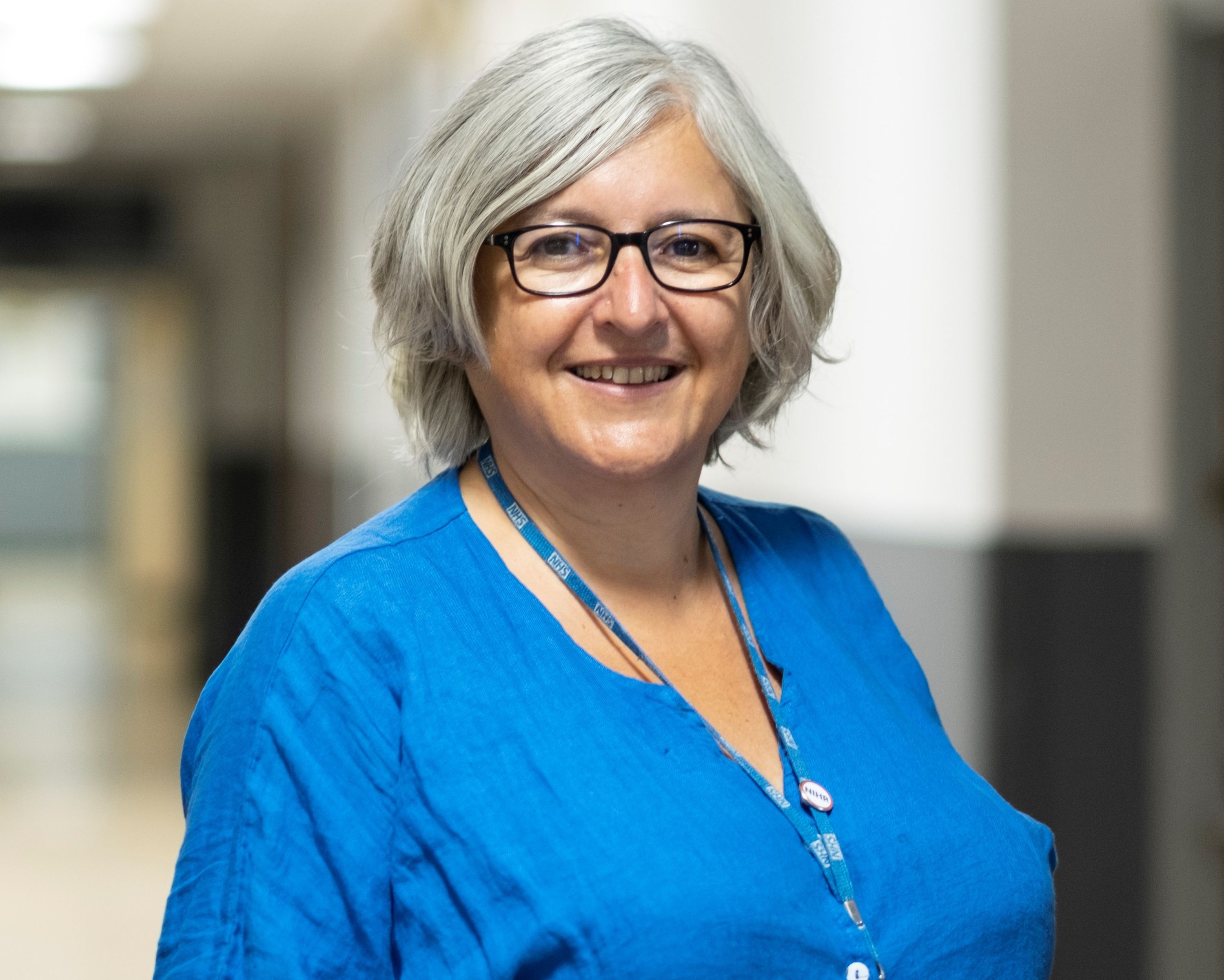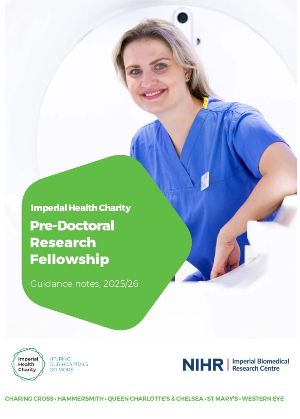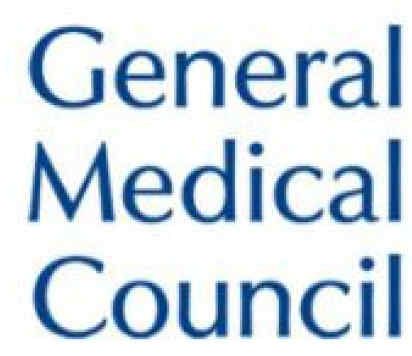 A blog post by Rowan Boyles
A blog post by Rowan Boyles
As mentioned in a previous blog post, we undertook Participant and Public Involvement (PPI) work to support our project. I wanted to share a brief account of this here, including some of the key learning points from the experience.
What is PPI?
Participant and Public Involvement (PPI) is an important concept in contemporary healthcare research. For research to be relevant and to best serve the people and communities it aims to study; it must be informed by people from these groups. Where possible, researchers should incorporate PPI into all stages of the research process. This leads to better quality, more ethical research, since the aims and objectives of studies are informed by the lived experience of affected people. Projects are designed to successfully recruit from target populations, and better serve their needs.
As part of this project, I completed PPI training offered by the Patient Experience Research Centre (PERC) and sought their guidance on how to set up and run our first PPI session for the project. I also received help and guidance from Lillie Shahabi, who has extensive experience running PPI projects as Neuro-oncology Network Relationship Manager at Imperial College Healthcare NHS Trust (ICHT).
Reaching our target population
Our first challenge was recruitment: how could we reach the people that we need to reach? Through contacts at the National Spinal Injuries Centre, we were put in touch with one of their patient representatives, Christa Dyson, who linked us in with Hannah Aubrey, Impact Manager at the Spinal Injuries Association (SIA). The SIA subsequently published information about our research in their magazine ‘Forward’, inviting people to contact us to support with our PPI work. With support from Halle Johnson at PERC we advertised on their ‘VOICE’ platform as well as on the National Institutes of Health and Care Research (NIHR) ‘People in Research’ website. This enabled us to reach a large audience and we started to receive inquiries from people with experience of SCI who wanted to participate.
One challenge here was to ensure that we were targeting a diverse population. By promoting via various channels, and because we collected demographic data from people who showed interest, we were able to do this to a certain extent, but improving this aspect of our PPI work is a goal for the project going forwards.
Our first session
Once we had sufficient volunteers, we started to get a group together. It was decided to have a single focus-group type session, run online, as this was the most inclusive for our participant group who have significant physical disabilities. It also allowed us to include people from diverse locations within the UK as people would not have to travel. The format of the session was a presentation by me on the proposed research, followed by a Q&A to get people’s views and opinions on what they had heard. Along with myself and Dr Strutton, the meeting was attended by 6 people with lived experience of SCI, including 2 carers. The presentation stimulated a lot of debate, so much so that we almost didn’t get to our planned questions!
Perspectives of people with lived experience
Valuable Research
Overall, the group felt that the research was important with valuable potential to produce something of benefit to people with spinal cord injury. For example:
“If there was some connectivity, I mean would that give people longer in rehab to wait for that connectivity to have effect so that the therapist could work with them? … the potential is huge…there could be cases for extending people’s therapy time or rehabilitation time if there was felt to be a benefit with waiting a bit longer and working with that patient.”(Christa, SCI survivor)
People also felt that the research was acceptable and would be well-tolerated by people with SCI. However, they highlighted some potential issues to be aware of. One of our participants noted that travelling can be difficult for patients, some of whom live far from the NSIC. It would be helpful if separate sessions could be carried out on the same, or at least consecutive days, or alternatively combined with planned clinic visits.
Managing Expectations
Several participants highlighted the importance of managing expectations regarding how to interpret any findings from the stimulation. Patients will likely be looking for reasons to be hopeful about their recovery, but we won’t know what the TMS measures mean until the project is complete.
“I think you’ve got an issue about managing patient expectations for those participating. And I think probably it needs to be made clear that there will be no immediate benefit to the participants in terms of therapy or management of their immediate rehabilitative needs, but that this is a research study to establish a framework…or groundwork.” (Rupert, SCI survivor)
This was emphasised again, that patients are likely to be looking hard for hopeful signs from the TMS assessment:
“They’re not grasping at straws, but they want some sort of response that says, oh that was interesting. It shows that you have got a … potential connection and part of what we’re trying to do is to see if in the future we can actually sort of enhance that connection.” (Phil, SCI survivor)
So What?
This linked to another point made by several people about the potential impact of the research. People felt that it would be more meaningful if we were able to relate the TMS measures to measures of function, especially if there was longitudinal follow up.
“Because you can do all the mapping you like, but unless it’s with real benefit to understand what their potential care needs might be, if there is no recovery or the functionality that is restored. So what?” (Christa, SCI survivor)
Currently the scope of the project allows us to compare TMS and clinical measures at one time point only, but we hope to extend the research to look at how TMS and clinical measures evolve over time and what TMS measures can tell us about recovery potential. When we have a clearer plan for this, we will run a follow up PPI group session for further discussion.
Other Topics
Some other topics and questions included: Making sure that our information sheets are understandable for lay audiences and to avoid jargon. Can people with different hair types, e.g. afro hair, can participate in TMS? Do we plan to test both upper limbs? How long after injury we will test people?
The value of PPI
As you can see from this summary, our initial PPI group session provided valuable feedback for us and made us consider aspects of our research plan in much more detail. It also gave us insight into the perspectives and priorities of people living with SCI and ideas for the design and management of our project. We are reassured that people with SCI think that the work we are doing is important and we really value all the helpful suggestions and comments that were shared. We are grateful to all those who took part, and those who assisted us in setting up this work. We look forward to doing further PPI work as our project evolves.
Further reading:
Staley, K., Exploring Impact: Public involvement in NHS, public health and social care research. 2009.
Useful links
Contact us
The CATO Team and Radiographers Incubator work on a Hybrid model, combining days in the office with days working from home – the best way to reach us is by email.
cato@imperial.ac.uk
radresearch@imperial.ac.uk
+44 (0)20 3313 7397



